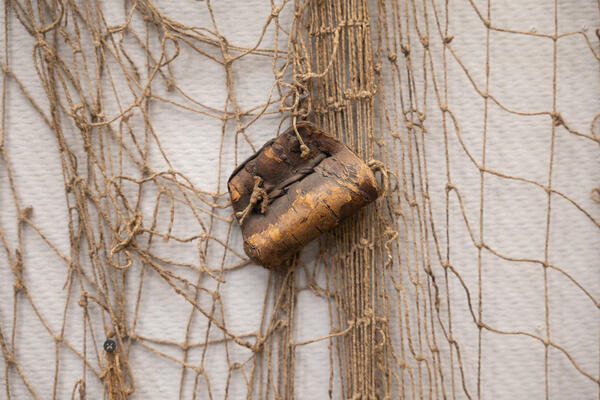Within the Sami villages, fishing grounds, as well as hunting grounds, were distributed among families. The allotment included fishing grounds (toni) on large lakes — one, two or three small lakes, a small river and toni in a large river, as well as mowing grounds and a hunting area.
Despite the large number of reservoirs abundant with fish of different species, the Sami lake and sea fishery was generally very primitive and stagnant: it allowed to make ends meet without providing economic growth.
A fishing boat was equipped with oars attached to a wooden rowlock by a rope, a straight sail, a mast and a steering oar. Some fishermen installed a windlass on the boat to make it more convenient to pull up the net in case of a large haul. The number of boats per family did not exceed three, the poor ones had only one boat.
Fish was caught with a seine net which had a large purse in the center with two long wings. The seine was set in a circle from the shore on boats, a windlass was used to pull the seine out. The fishermen threw the net, sat in the boats and began to slap the water with oars, driving the fish into the purse. When they felt that the fish had come in, they began to turn the windlass and pull the seine with the fish to the shore.
“The Dictionary of the Vocabulary of Traditional
Trades and Economic Occupations of the Kola Sami” describes how the Sami fished
with a seine,





